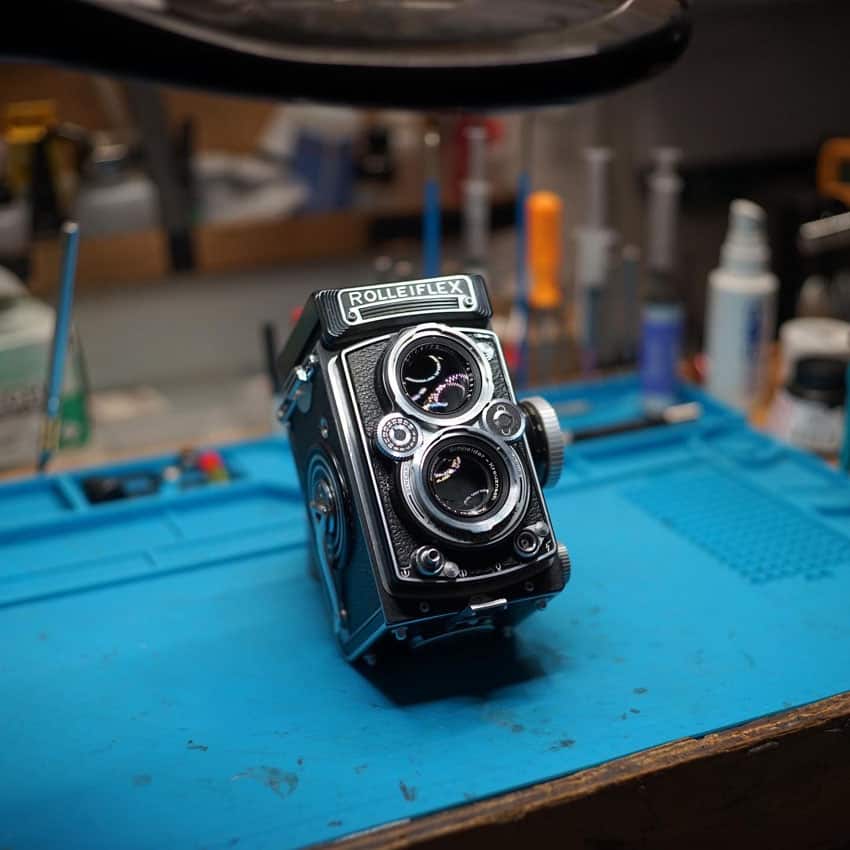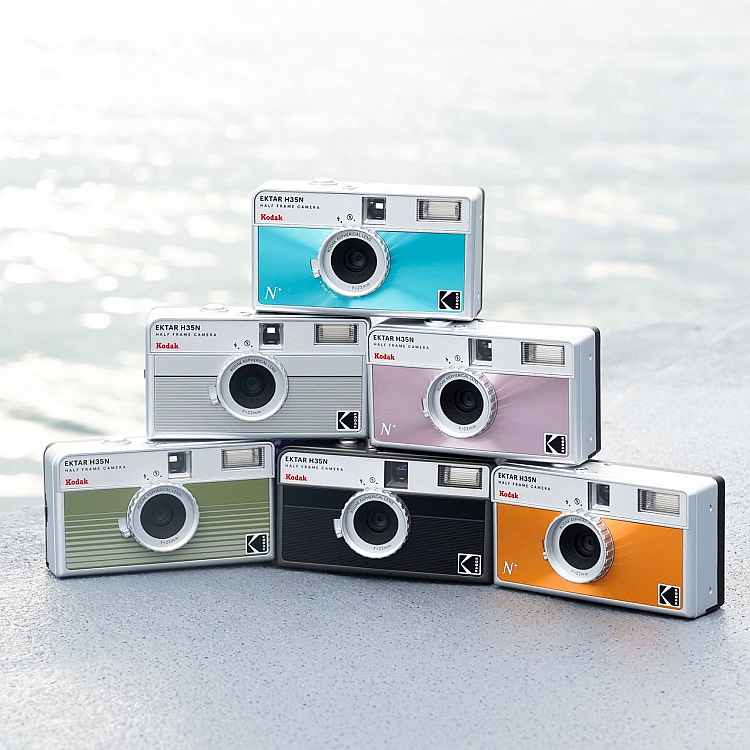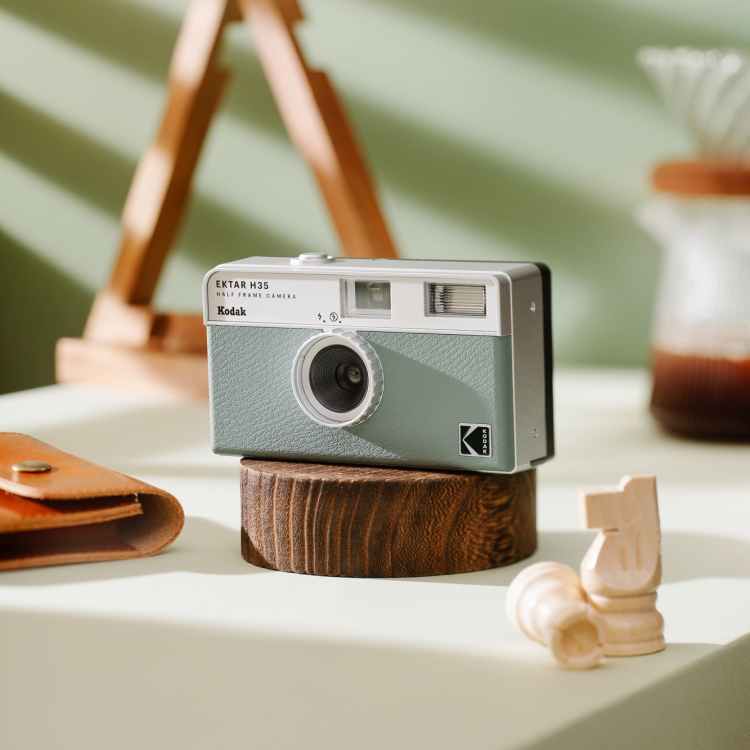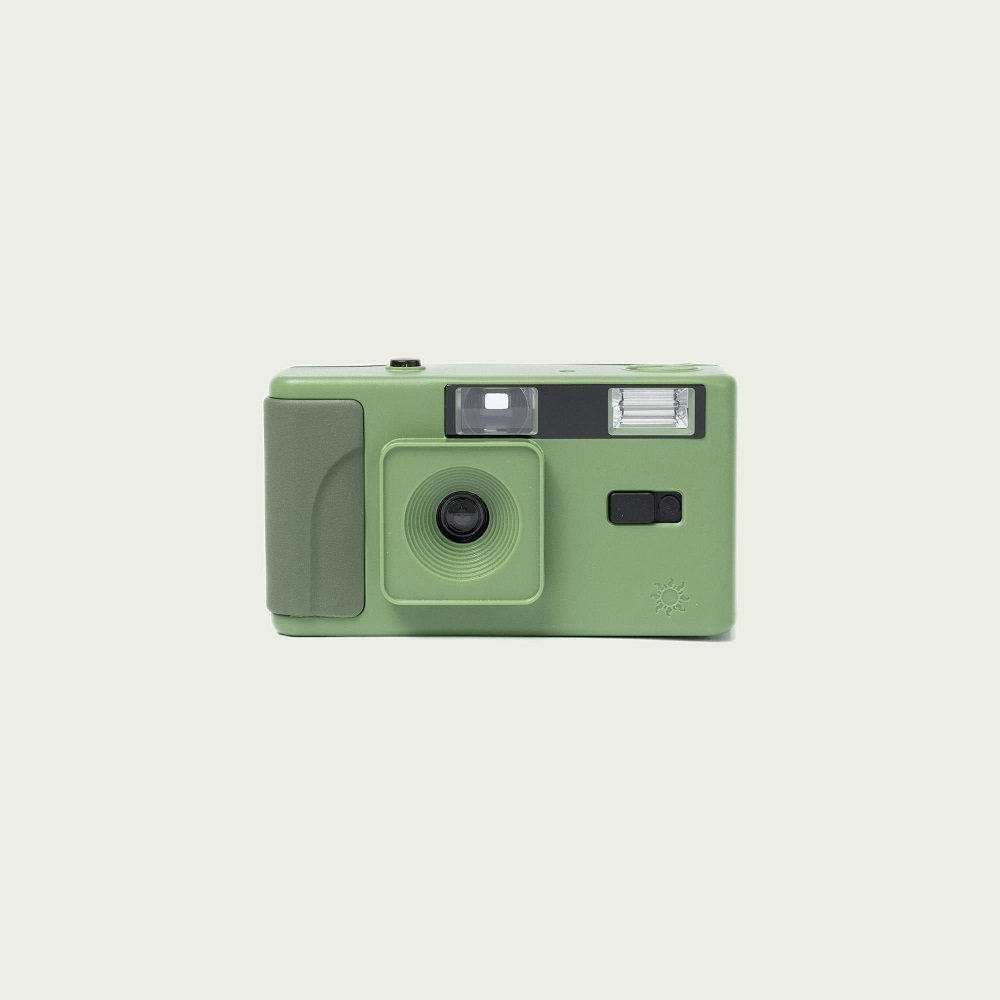Photography has evolved dramatically over the past few decades, transforming from a traditional art form using film camera to a fast-paced digital medium. Each type of camera comes with distinct characteristics and influences the way photographers capture images and express their creativity. Understanding the differences between film camera and digital camera will help you choose the best option for your photography style. This article will explore the key features, advantages, and disadvantages of both film camera and digital camera to assist you in making an informed decision.
Understanding Film Photography
The Basics of Film Cameras
Film cameras use light-sensitive film to record images. When you take a photograph, light enters the camera through the lens and exposes the film. After a roll is completed, it needs to be developed in a darkroom or sent to a lab for processing. The entire process—from shooting to developing—offers a hands-on experience that many photographers find rewarding.
Film cameras come in various formats, including 35mm, medium format, and large format. Each type offers unique qualities and captures images with different resolutions and depth. Film photography often requires a thoughtful approach, as every shot counts. Photographers must consider factors like exposure, composition, and lighting before pressing the shutter button.
Aesthetic Qualities of Film
One of the standout characteristics of film photography is its distinctive aesthetic. Film often produces colors and tones that many photographers find appealing. The grain structure of film can add texture and depth to images that is often sought after in artistic photography. Additionally, film captures highlights and shadows differently than digital cameras, leading to a more organic look.
Many photographers enjoy the “magic” of waiting for the developed images to reveal the final results. This anticipation adds to the overall experience of shooting with film. The ability to create unique images through various film stocks can lead to endless creative possibilities. Those who appreciate artistic imperfections may find film a perfect match for their style.

Exploring Digital Photography
The Modern Digital Camera
Digital cameras rely on electronic sensors to capture images. When light enters the camera, the sensor converts it into digital data, which is then stored on memory cards. This instant access to images allows photographers to review and edit photos right after capturing them. Digital photography provides convenience and flexibility that film cannot easily match.
Digital cameras come in various forms, including compact point-and-shoot cameras, mirrorless systems, and DSLRs. Each type caters to different needs, from casual photography to professional work. The rapid evolution of technology means that digital cameras are continuously improving in terms of image quality, autofocus, and user interface.
Advantages of Digital Photography
One of the primary advantages of digital photography is the ease of use. Photographers no longer need to worry about purchasing and developing film; they can simply store images on digital media. This shift allows for greater experimentation with settings, such as ISO, aperture, and shutter speed, without the fear of wasting resources.
Furthermore, digital cameras can shoot in a range of formats, from high-resolution images to raw files, allowing photographers to fine-tune their edit. The ability to instantly share photographs on social media or via email has transformed how photographers connect with their audience. This interconnectedness provides immediate feedback and fosters a sense of community among photographers.
Cost Considerations
Initial Investment in Film vs. Digital
When comparing costs, it is essential to factor in the initial investment for both film and digital cameras. Film cameras can range from affordable to quite expensive, depending on the brand and model. Similarly, digital cameras are available at various price points, with entry-level models starting at a lower cost compared to high-end DSLRs and mirrorless systems.
However, ongoing costs also play a significant role in the overall expense of photography. Film requires the purchase of rolls, which can add up quickly, especially for those who shoot frequently. Additionally, developing and printing photographs can be another financial burden. Many photographers find themselves spending substantial amounts on film and processing.
Long-Term Financial Implications
On the other hand, digital photography involves initial costs, but it often proves more economical in the long run. Once you invest in a digital camera and necessary accessories, ongoing costs tend to be lower. The only recurring expense is buying storage media and, possibly, software for editing. Digital images can be stored indefinitely, allowing for the preservation of an extensive library of photographs without consuming physical space.
For some photographers, weighing the upfront costs versus ongoing expenses will guide their decision. Understanding how often you plan to shoot and the type of photography you want to pursue can help determine the most budget-friendly option.

Learning Curve and Technical Skills
Film Photography Skills
Film photography often requires a deeper understanding of the fundamental principles of photography. For beginners, learning to shoot in manual mode is crucial. Photographers must grasp exposure triangle concepts, including aperture, shutter speed, and ISO. This technical knowledge can significantly enhance their understanding of how to manipulate camera settings to achieve the desired results.
Many film photographers embrace the challenge of getting it right in-camera since film has limitations on adjustments post-shooting. Attempting to capture the perfect shot often fosters creativity and resourcefulness, pushing photographers to improve their craft.
Digital Photography and Accessibility
Digital photography tends to offer a gentler learning curve, especially for beginners. Automated modes on digital cameras allow photographers to start shooting without deep technical knowledge. While this ease of use can be advantageous, it may also result in a lack of understanding of photography principles and techniques.
Nevertheless, digital photography offers tools, such as instant previews and histograms, which provide immediate feedback. These features can accelerate the learning process, allowing novice photographers to adjust and experiment on the fly. Exploring these tools encourages a quicker transition to manual settings, leading to a better understanding of photography overall.
Creative Exploration and Expression
Creative Techniques with Film
Using a film camera opens up unique opportunities for creative expression. Photographers can experiment with various techniques, such as multiple exposures, long exposures, and light leaks. Many filmmakers appreciate the unpredictability associated with film, as it can yield surprising and artistic results.
The limitations of film—such as the number of exposures in a roll and slower shooting speeds—can prompt photographers to be more intentional in their approaches. This mindfulness can lead to a greater appreciation of each photograph taken, translating into deeper emotional connections to the captured images.
Digital Creativity and Innovation
In contrast, digital photography encourages experimentation through its adaptable methods. The ability to shoot hundreds of images without the concern of wasting film enables photographers to explore new ideas freely. The digital format allows for easy editing and manipulation, providing a platform for artistic expression that can be adjusted for various styles and moods.
Digital photographers can also experiment with post-processing software like Adobe Lightroom and Photoshop. These powerful tools can transform an ordinary image into a magnificent piece of art. Moreover, the ease of digital sharing fosters collaboration, enabling photographers to exchange ideas and techniques globally.

Environmental Impact
Environmental Footprint of Film
The environmental impact of film photography is often debated. Film production demands various chemicals, including those used in the developing process, which can pose risks to the environment if not disposed of properly. Moreover, the physical nature of film—requiring packaging, transportation, and chemical processing—adds to its carbon footprint.
However, many enthusiasts argue that the inherent nature of film photography encourages a more sustainable approach. Since film typically demands more thought and consideration for each shot, photographers are often more deliberate about their shooting practices. This mindfulness may foster deeper connections with the environment, leading to less impulse shooting.
Digital Photography and E-Waste
Digital photography, while offering convenience, can contribute to electronic waste (e-waste) due to rapid technological advancements. Old cameras, lenses, and accessories often end up in landfills, contributing to growing environmental concerns. Responsible disposal and recycling are essential for mitigating these negative effects.
Digital photographers can adopt eco-friendly practices by prolonging the lifespan of their gear. Investing in quality equipment, caring for it properly, and embracing upgrades responsibly can help reduce e-waste. Additionally, many companies now offer recycling programs for old electronics, promoting a circular economy in photography.
Finding Your Ideal Photography Style
In conclusion, the decision between film and digital photography ultimately depends on your individual style, preferences, and goals. Each medium comes with its unique set of characteristics that can enhance your photography experience. Film camera offers a tangible, artistic process that encourages thoughtful captures, while digital photography provides convenience and endless opportunities for experimentation.
As you navigate the world of photography, consider what you value most. Are you drawn to the artistic imperfections of film or the rapid success of digital? Reflecting on your preferences will help you identify the medium that resonates best with your creative approach.
Regardless of the choice made, both film and digital photography offer valuable ways to capture and express the beauty of the world. Embrace your journey in photography, experiment with both mediums if time and resources allow, and enjoy the art of capturing moments that last a lifetime. By understanding the strengths and weaknesses of each format, you can find the perfect fit for your photography style, enriching your experiences behind the lens.
